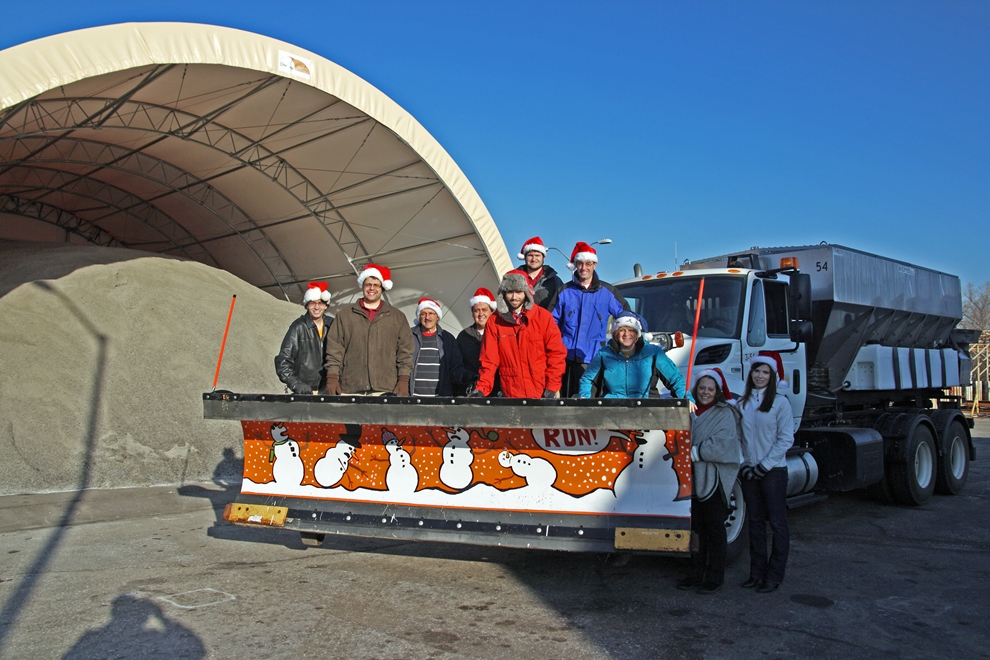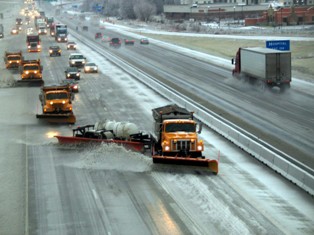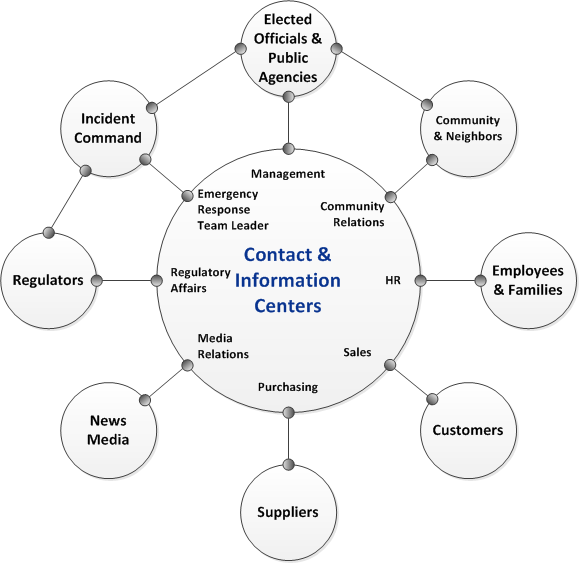August 28, 2012
The Republican National Convention had extensive plans in the works for more than a year; speakers, media coverage, travel arrangements, catering, venue preparations, etc. Hurricane Isaac made them scramble behind the scenes. Organizers adapted quickly, and then publicized their changes clearly. Decisive action kept participants directly on track and far from any behind-the-scenes chaos.
How will your event operations handle disruptions when weather threatens? What can you do to:
- Mitigate revenue loss
- Maintain customer participation
- Keep workers focused
- Utilize public relations

Max Whittaker/The New York Times
SOLUTIONS
Create a Deadline: How much time will be needed for effective, calm action? The RNC couldn’t wait for the tropical storm to arrive before they took action. Use what you know about your business to create options ahead of time.
Deposits: What non-refundable money can you reasonably require?
Rain Insurance: This policy may cover mandatory costs such as entertainment or your deposits. If you can’t make money at least try not to lose any!
Social & Traditional Media: Get the word out ASAP! Many had heard that the RNC cancelled two days of convention activities before they had ever started following Isaac.
Before any event, prioritize its purpose. What’s the critical “Take Away”? Identify the activities that directly support your objectives and create the most flexibility for executing them. That way, when an emergency disrupts the original plan, viable options will be handy.
Being a leader, whether it’s hosting a celebratory event or a strategic national planning meeting, is a very Darwinian role. Adaptability = Success. Having your goals, priorities and options identified ahead of time will create a seamless success for participants and ultimately maximize your bottom line.
As we’re seeing this week, nothing changes faster than the weather. Weather or Not works with companies, government agencies and airports 24/7. Our clients have plenty of time to adjust their operations, thereby maximizing benefits while minimizing budgets.




 The Missouri Department of Transportation (MoDOT) has downsized from ten districts to seven, scaling back in areas many of us may never see. People are screaming for smaller government. The economy has demanded it. So when the agency that’s responsible for keeping I-70, I-35, I-29 and all state roadways safe for travelers and commerce takes one day to fully dress its fleet of snowplows spending $70,000 for fuel to make certain everyone knows their job when snow and ice hits, we should encourage their preparedness. That cost is only 0.0017 of their $42 million winter budget.
The Missouri Department of Transportation (MoDOT) has downsized from ten districts to seven, scaling back in areas many of us may never see. People are screaming for smaller government. The economy has demanded it. So when the agency that’s responsible for keeping I-70, I-35, I-29 and all state roadways safe for travelers and commerce takes one day to fully dress its fleet of snowplows spending $70,000 for fuel to make certain everyone knows their job when snow and ice hits, we should encourage their preparedness. That cost is only 0.0017 of their $42 million winter budget.

 Sirens are designed to alert those who are outside, not those who are inside. The
Sirens are designed to alert those who are outside, not those who are inside. The